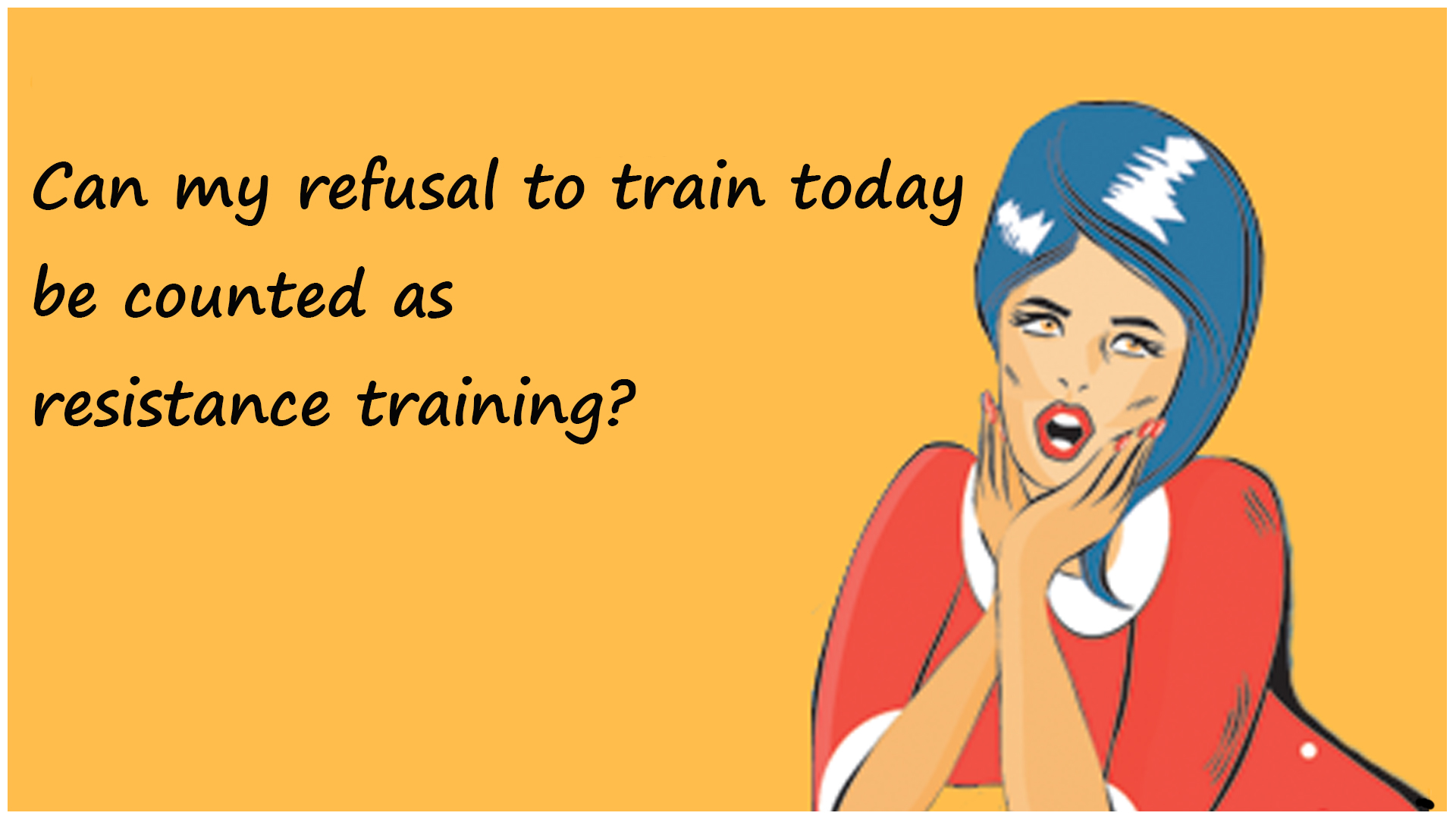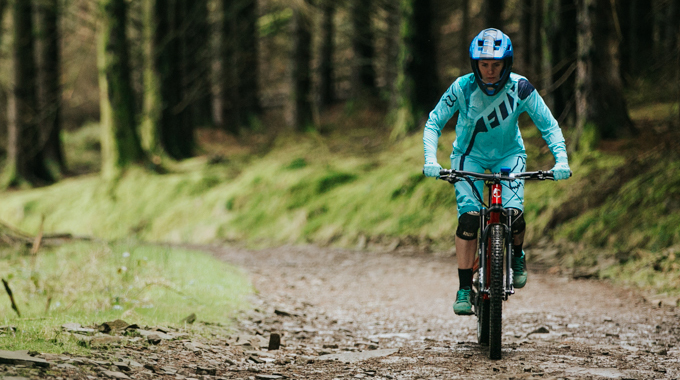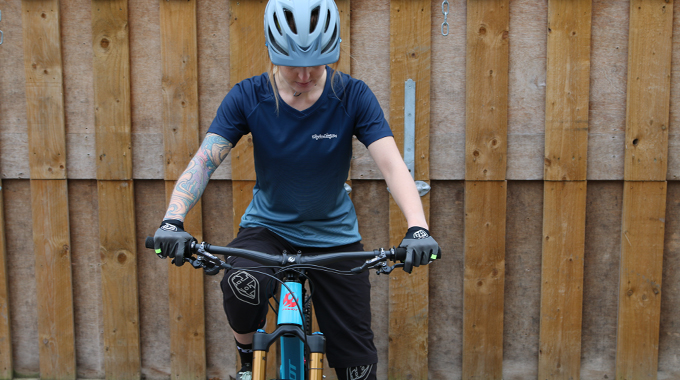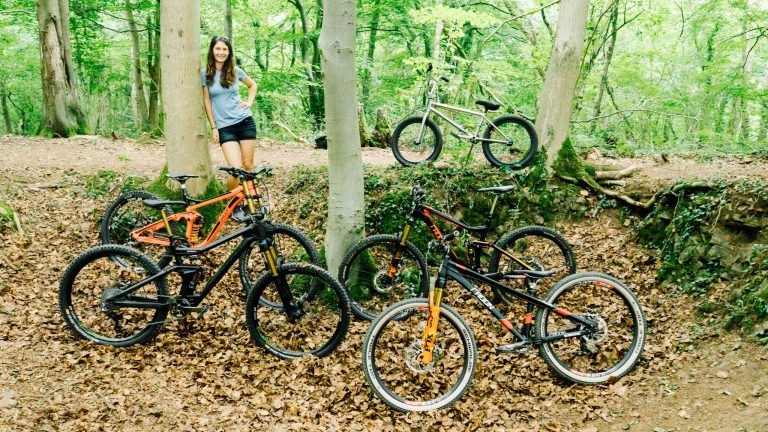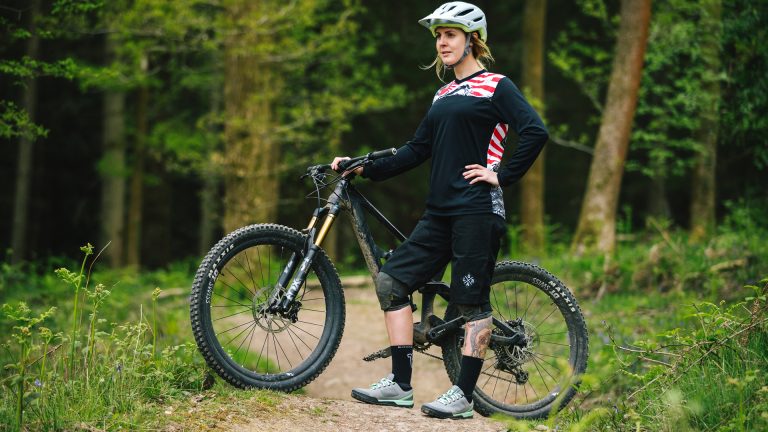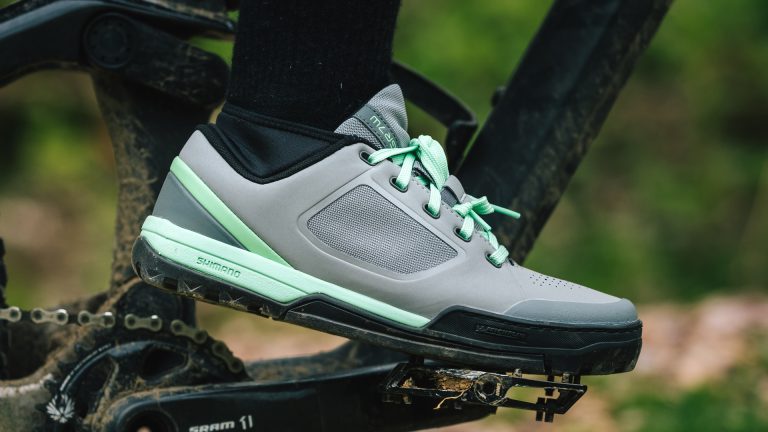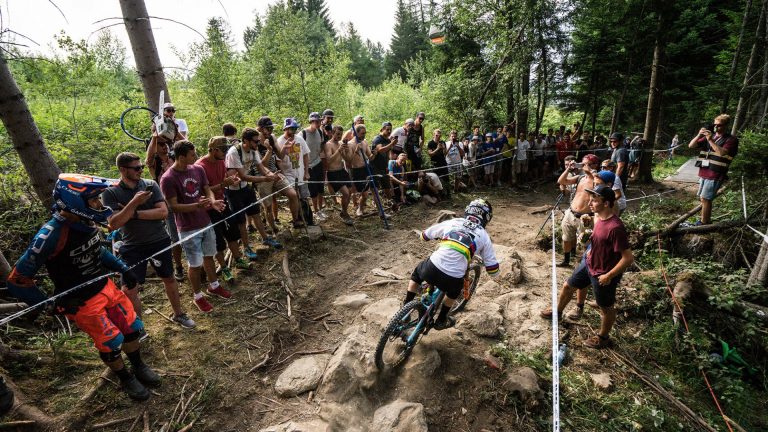Words by Natalie Fraser
The purpose of resistance training is to increase muscle strength and endurance by forcing the muscles to work against an external resistance.
This resistance can come from a variety of exercises and you may already be working hard in the gym, squatting and lunging like a beast. But have you considered specific resistance training on the bike? The thing is, if you want to get stronger on the bike, the one foolproof way to do it is by riding your bike but if you want to maximise your power training opportunities, here are a few things for you to try…
Hill Repeats
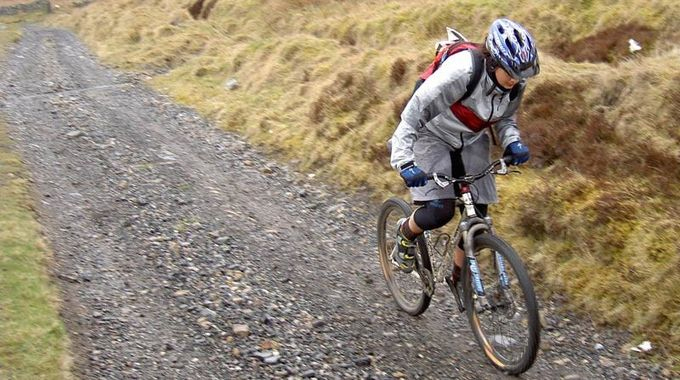
One of the most basic types of training you can do on the bike is hill repeats. Quite simply this involves finding a hill and riding up it repeatedly, using the time to ride down as your rest. How long your sessions are and how steep a hill you choose will depend on your goals, fitness level and what elevation you have to play with. A good starting point is to choose your training ground and see how many times you can ride up, this will give you a benchmark to try and beat in each session.
How to tackle steps and roots uphill
Once you are comfortable with basic hill repeats and find yourself needing a bigger challenge, there are a few ways you can up the ante. Firstly, you can use your gears; riding up in the highest gear you can manage will really increase your muscle strength. Depending on what gear you choose, you may need to stand up and pedal for this but that will bring your whole body into play rather than just isolating your quads and glutes for climbing. Standing demands more oxygen due to involving more muscles and so increases your heart rate quicker than sitting, so it’s also a good way to increase your aerobic threshold.

